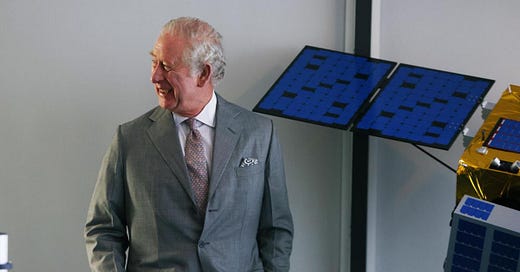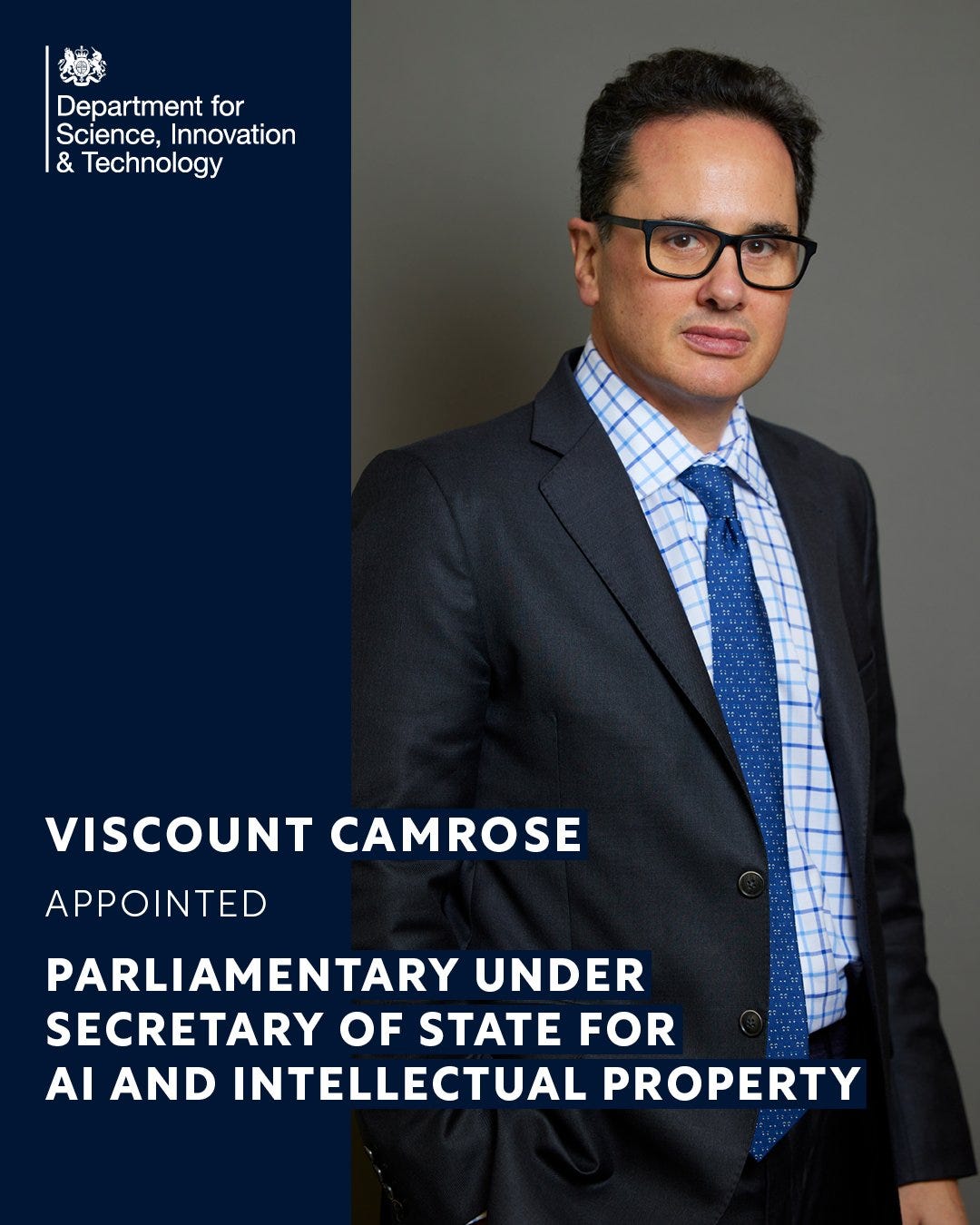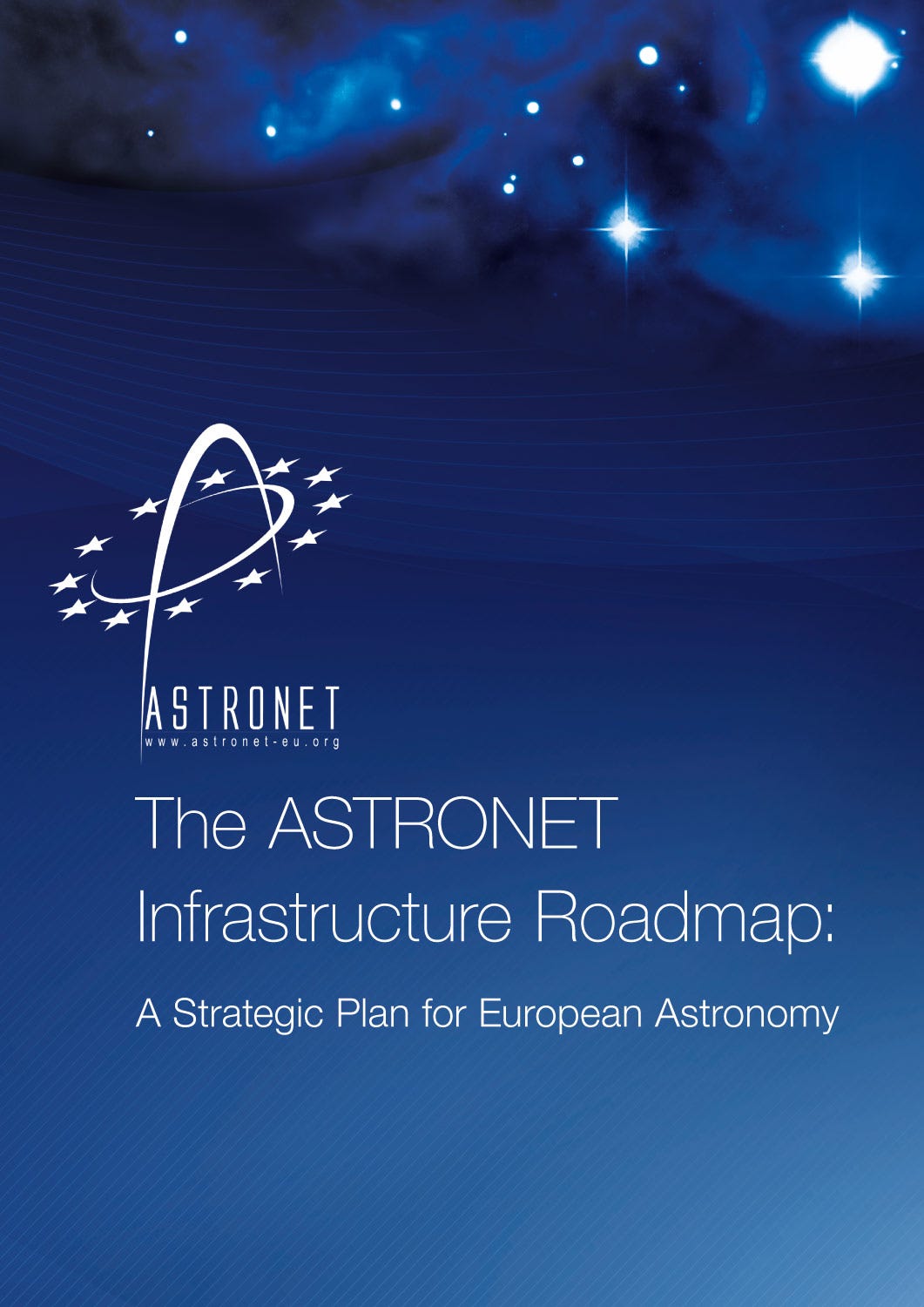Space in Parliament | 5.5.23
Earth observation for public services | Minister praises satellite Catapult | New roadmap for European astronomy | +more
Thank you for subscribing to Space in Parliament! I’m trying to grow the readership of this newsletter. If you know anyone who is at all interested in space, aerospace or future technologies, please send them a link to Space in Parliament!
1. UK pilots earth observation for public services
Last Friday, the Geospatial Commission, part of the Department for Science, Innovation and Technology (DSIT) launched a commercial Earth Observation (EO) pilot for a number of UK public sector bodies, expanding the way in which EO data is used already across the UK public sector, from environmental monitoring to emergency incident response.
The Geospatial Commission is an expert committee responsible for setting the UK’s Geospatial Strategy, including coordinating public sector geospatial activity. The UK’s Geospatial Strategy committed the Geospatial Commission to explore the rationalisation of public sector procurement of EO data and services.
The pilot scheme was announced by DSIT Minister Viscount Camrose at the Virtual Earth Observation Symposium, co-hosted by the Geospatial Commission, the Office for National Statistics Data Science Campus and the Satellite Applications Catapult.
The pilot, which will be delivered in partnership with Airbus Defence and Space and will run until the end of March 2024, will see up to 35 eligible public services being granted access to use and test data provided by EO satellites.
The pilot is the outcome of a report published last June, “Investigating UK public sector demand for Earth Observation technology.”
The report praised the Department for Environment Food and Rural Affairs’ EO Centre of Excellence, which utilised open EO data provided under the European Commission’s Copernicus programme — which the UK is in negotiations to regain access to.
It also suggested that there was more work to be done demonstrating EO’s potential role in supporting policy areas such as Net Zero, greenhouse gas inventorying, and sub-national levelling-up.
Last week, I reported on Professor Woodhouse’s comments to the Scottish Affairs Committee on how the UK was trailing the US in making EO data available to other organisations — so it seems this is a move in the right direction.
2. Satellite Applications Catapult “de-risks” transition from research to commerce
On Tuesday, Chi Onwurah, Labour’s shadow spokesperson for science, innovation & technology, tabled a written question asking what steps were being taken “to support the (a) growth and (b) commercialisation of scientific research in the North East.”
Responding for the Department, George Freeman highlighted the role of the Satellite Applications Catapult in County Durham, as one of the nine centres in the north-east that help to “de-risk the transition from research to commercial delivery.”
He added that “North East universities received £12 million this year from the Higher Education Innovation Fund, which supports research commercialisation. The Northern Accelerator, a collaboration between North East universities to support spinouts based on their research, received £5 million.”
On Wednesday, in the House of Commons, there was a question to DSIT from Mary Kelly Foy, Labour MP for the City of Durham, asking the Department what steps were being taken “to support the commercialisation of science and technology research in the north-east.”
The Minister again praised "the satellite applications Catapult in Durham”, adding: “This is a deep investment in the north-east economy of tomorrow.”
However, as I reported last week, a recent Government research paper, “Making Innovation Matter: how the UK can benefit from spreading and using innovative ideas”, highlighted how, despite funding, the UK fails to capitalise on innovation — and turn it into commercial opportunities — due to a “fragmented, complex and poorly intra-connected” system.
3. UK Science and Technology Facilities Council backs new roadmap for European astronomy
ASTRONET is a network of European funding organisations providing strategic planning and coordination for European astronomy, including the UK Science and Technology Facilities Council (STFC). This week it published its Science Vision and Infrastructure Roadmap 2022 to 2035.
The recommendations include:
timely construction of the Cherenkov Telescope Array to detect very high energy gamma rays from black holes and other extreme phenomena;
adoption of the European Space Agency Athena and Laser Interferometer Space Antenna missions to study black holes, detect and accurately measure gravitational waves from astronomical sources and more;
development of second-generation instruments to enhance the capability of the ESO Extremely Large Telescope;
introduction of more robust environmental footprint assessments for astronomical research and greater consideration of how to reduce the environmental impact of space science.
According to UK Research and Innovation (UKRI), the STFC and UKRI are engaged in all proposed projects and will use the report to guide investment decisions over the coming years.
Dr Colin Vincent, STFC Associate Director of Astronomy and Chair of the ASTRONET board, said:
“We are living through an incredibly exciting time for science with game-changing space missions like the James Webb Space Telescope redefining our understanding of our place in the Universe.”
4. UK Chief Scientific Adviser speaks to UN Scientific, Technology and Innovation Forum
Yesterday, UK Chief Scientific Adviser Charlotte Watts made a speech at the UN Scientific, Technology and Innovation Forum about meeting the UN’s 2030 Sustainable Development Goals.
She praised the UK Government’s response to Covid-19 and noted how it had changed the relationship between the public and scientists:
“Public engagement with science also shifted rapidly: in many countries, scientists were on national TV daily and became household names. Data and evidence loomed large in the public consciousness, with armchair epidemiologists emerging all over the world.”
She added that:
“we are witnessing nothing short of a revolution in science, technology and innovation. Several technologies are coming of age and inspiring an explosion of innovation – from artificial intelligence to engineering biology – generating high-impact applications across all SDGs.”
Unfortunately, there were no comments on the potential use of earth observation and other space technologies to those ends. The University of Edinburgh offers a whole course on Earth Observation for Sustainable Development Goals!
5. UK and India commit to research and innovation collaboration
£16 million of new investment from UK Research and Innovation (UKRI), matched by the Government of India, was launched during the UK-India Science and Innovation Council in London last week.
Four joint programmes were announced by UKRI and Indian partners, including two funded through the new International Science Partnerships Fund.
Speaking at the meeting, UKRI’s Chief Executive, Professor Dame Ottoline Leyser said:
“International collaboration in research and innovation benefits all involved, bringing together expertise and resources to go farther faster.
The collaborations announced today span a wide spectrum of research and innovation, including environmental sustainability, food security and AI, with benefits that will be realised in the UK, India and across the world.”
Despite several other schemes, including research grants and university programmes, there was no discussion of the space sector — a real missed opportunity, given the launch of India’s new space policy, which I reported on last week, and the research last year by the Satellite Applications Catapult into opportunities for UK space-enabled organisations across the Indian health sector.
With better political awareness, the space industry could ensure that it is front and centre, whether in research & innovation funding with India or speeches at the UN!
Objects in outer orbit: Satellite Cybersecurity Act, Artemis Accords, China’s version, Seraphim accelerator, Star Wars Day and the first space King
The Satellite Cybersecurity Act has been reintroduced to the US Senate, which would require changes to the oversight of satellite operators. The space industry has long pushed for the US government to consider space assets as critical infrastructure. Because space is not yet considered critical infrastructure, satellites fell through the gaps of President Biden’s recently released National Cybersecurity Strategy.
On Wednesday, the Czech Republic became the 24th country to sign the Artemis Accords, which establish a practical set of principles to guide space exploration cooperation among nations, including those participating in NASA’s Artemis programme.
China announced last week that it is ready to establish the International Lunar Research Station Cooperation Organization (ILRSCO) — thought of as its equivalent to the Artemis programme. Notably, Russia had been stated to be a joint partner in the ILRS when unveiled in 2021, but overt mentions of Russia have been missing from Chinese statements of the plan following Russia’s invasion of Ukraine in February 2022.
UK-based early-stage investor Seraphim Space announced yesterday the nine space startups taking part in its latest global accelerator program ranging from a Lithuanian optical communications specialist to a satellite startup focusing on improving connectivity across Africa.
In honour of Star Wars Day yesterday, check out this piece from WIRED on the physics of the Mandalorian jetpacks — or, as it turns out, rocket packs — which first appeared in Episode VI: Return of the Jedi.
And in honour of the coronation of King Charles III tomorrow, I had a look back at his Maj’s trip last February to Astroscale’s ELSA-d Mission Control Centre at the Harwell Space Cluster, highlighting new solutions to the growing problem of space debris. It’s worth considering that Charles will be the first British monarch crowned in the space age, with Sputnik launching four years after the last coronation. He could be dubbed the first space King, and he could well be the first monarch to lead a Royal Space Force. During his trip to Harwell, the King said:
“While we’re making rather a mess of this planet, it might be useful to have an environmental management agreement for space.”







